 | ||
Cbeebies grown ups dairy of a swashbuckler
A swashbuckler is an heroic archetype in European adventure literature that is typified by the use of a sword and chivalric ideals. The archetype also became common as a film genre.
Contents
- Cbeebies grown ups dairy of a swashbuckler
- Smite new skin for susano swashbuckler
- Archetype
- Historical background
- Film
- Television
- List of swashbucklers
- Actors
- References
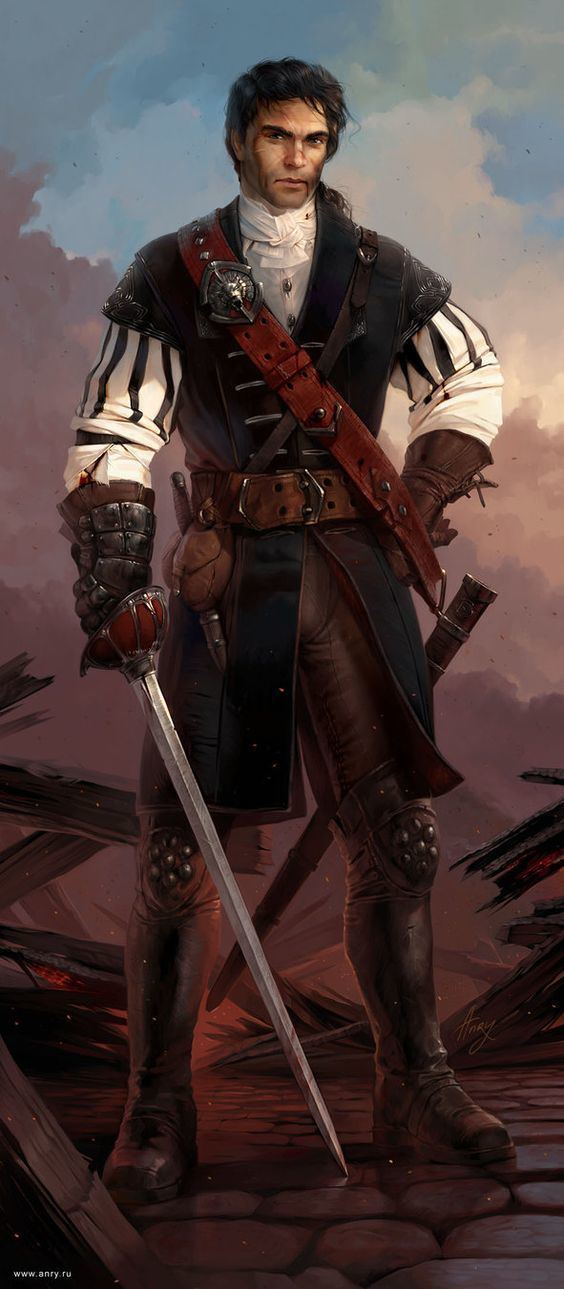
Smite new skin for susano swashbuckler
Archetype
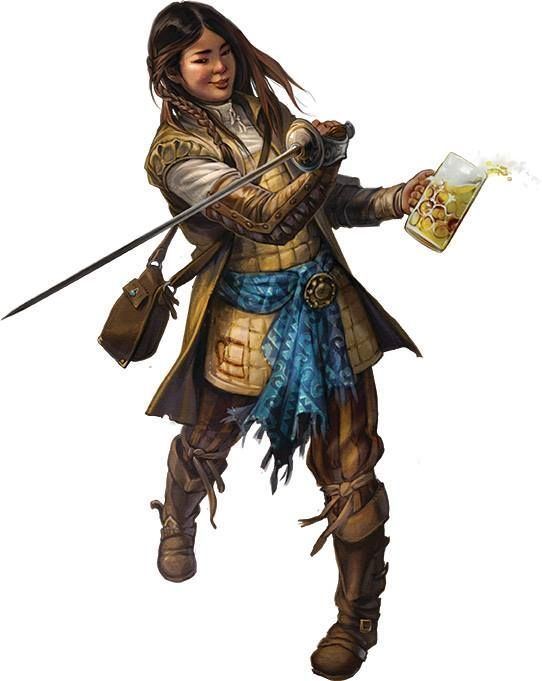
A 'swashbuckler' is a protagonist who is heroic and idealistic: he rescues damsels in distress, defends the downtrodden, and in general saves the day. Swashbucklers are not unrepentant brigands or pirates, although some may rise from such disreputable stations in redemption. His opponent is typically characterized as the dastardly villain. There is a long list of swashbucklers who combine outstanding courage, swordfighting skill, resourcefulness, and a distinctive sense of honor and justice, as for example Cyrano de Bergerac, The Three Musketeers, The Scarlet Pimpernel, Robin Hood, and Zorro.
Historical background
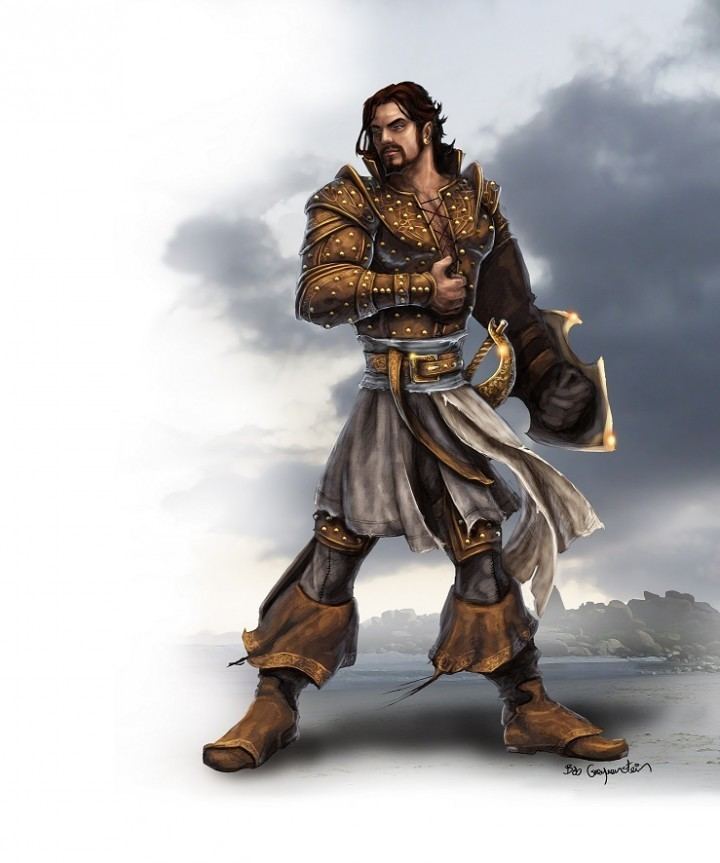
"Swashbuckler" is a compound of "swash" (archaic: to swagger with a drawn sword) and "buckler" (a small-shield gripped in the fist) dating from the 16th century. While men at arms and sellswords of the era usually wore armor of necessity, their counterparts in later romantic literature and film (see below) often did not, and the term evolved to denote a daring, devil-may-care demeanor rather than brandishment of accoutrements of war, and modern "swashbuckling" heroes might not carry swords at all.
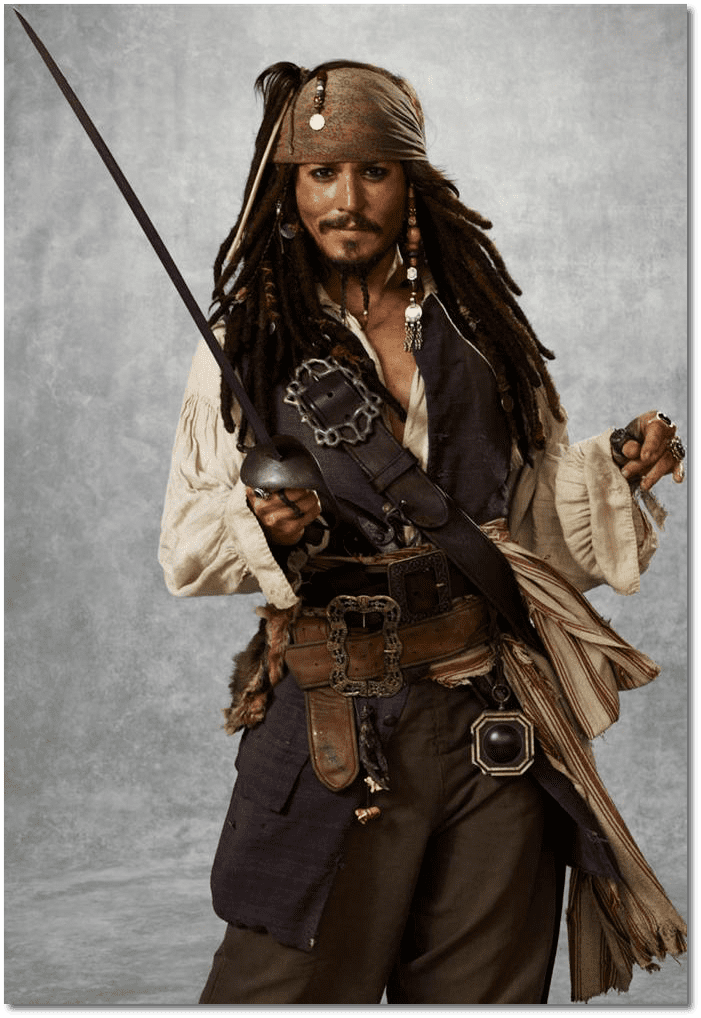
Swashbuckling adventures and romances are generally set in Europe from the late Renaissance up through the Age of Reason and the Napoleonic Wars, extending into the colonial era with pirate tales in the Caribbean. The larger-than-life heroics portrayed in some film franchise adventures (most notably the Indiana Jones movies) set in the modern era have been described as swashbuckling.
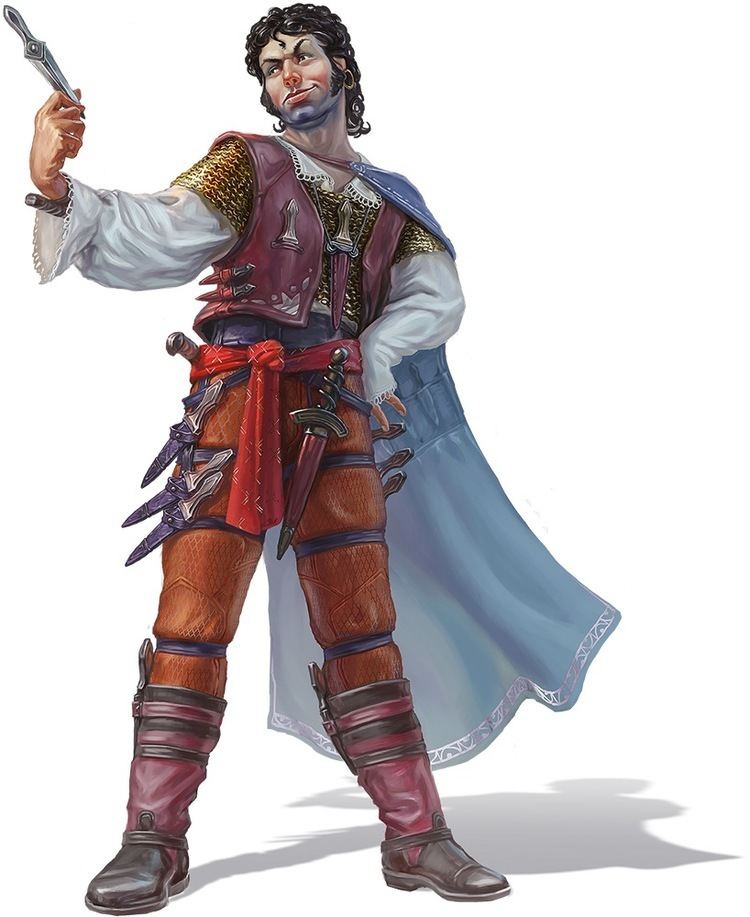
Jeffrey Richards traces the swashbuckling novel to the rise of Romanticism, and an outgrowth of the historical novel, particularly those of Sir Walter Scott, "... medieval tales of chivalry, love and adventure rediscovered in the eighteenth century". This type of historical novel was further developed by Alexandre Dumas.

John Galsworthy said of Robert Louis Stevenson's 1888 swashbuckling romance, The Black Arrow, that it was "a livelier picture of medieval times than I remember elsewhere in fiction." Anthony Hope's 1894, the The Prisoner of Zenda initiated an additional subset of the swashbuckling novel, the Ruritanian romance.

The perceived significant and widespread role of swordsmanship in civilian society as well as warfare in the renaissance and enlightenment periods led to fencing being performed on theater stages as part of plays. Soon actors were taught to fence in an entertaining, dramatic manner. Eventually fencing became an established part of a classical formation for actors.
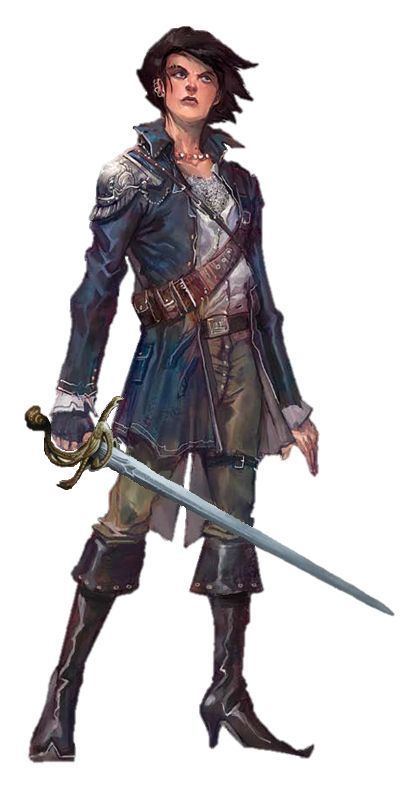
Consequently, when movie theaters mushroomed, ambitious actors took the chance to present their accordant skills on the screen. Since silent movies were no proper medium for long dialogues, the classic stories about heroes who would defend their honor with sword in hand were simplified and sheer action would gain priority. This was the birth of a new kind of film hero: the swashbuckler.

Four of the most famous instructors for swashbuckling swordplay are William Hobbs, Anthony De Longis, Bob Anderson and Peter Diamond.
Film
The genre has, apart from swordplay, always been characterized by influences that can be traced back to the chivalry tales of Medieval Europe, such as the legends of Robin Hood and the King Arthur. It soon created its own drafts based on classic examples like The Mark of Zorro (1920), The Three Musketeers (1921), Scaramouche (1923) and The Scarlet Pimpernel (1934). Some films did also use motifs of pirate stories. Often these films were adaptations of classic historic novels published by well-known authors such as Alexandre Dumas, Rafael Sabatini, Baroness Emma Orczy, Sir Walter Scott, Johnston McCulley, and Edmond Rostand. Swashbucklers are one of the most flamboyant Hollywood film genres, unlike cinema verite or modern realistic filmmaking. The genre attracted large audiences who relished the blend of escapist adventure, historic romance, and daring stunts in cinemas before it became a fixture on TV screens.
As a first variation of the classic swashbuckler there have also been female swashbucklers. Maureen O'Hara in Against All Flags and Jean Peters in Anne of the Indies were very early action film heroines.
Eventually the typical swashbuckler motifs were used up because they had so often been shown on TV screens. Later films such as The Princess Bride, the Pirates of the Caribbean series and The Mask of Zorro include modern takes on the swashbuckler archetype.
Television
Television followed the films, especially in the UK, with The Adventures of Robin Hood, Sword of Freedom, The Buccaneers, and Willam Tell between 1955 and 1960. US TV produced two series of Zorro in 1957 and 1990. Following the 1998 film The Mask of Zorro, a TV series about a female swashbuckler, the Queen of Swords, aired in 2000.
List of swashbucklers
Notable swashbuckler characters from literature and other media include the following:
Actors
Actors notable for their portrayals of swashbucklers include:
